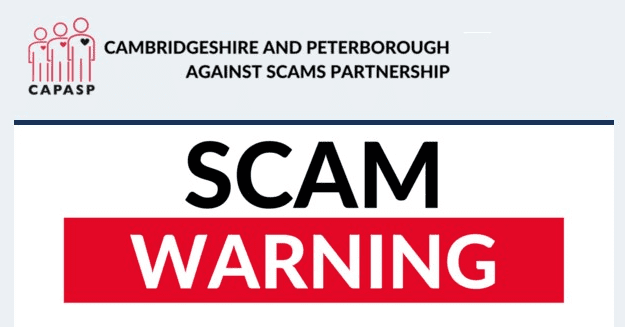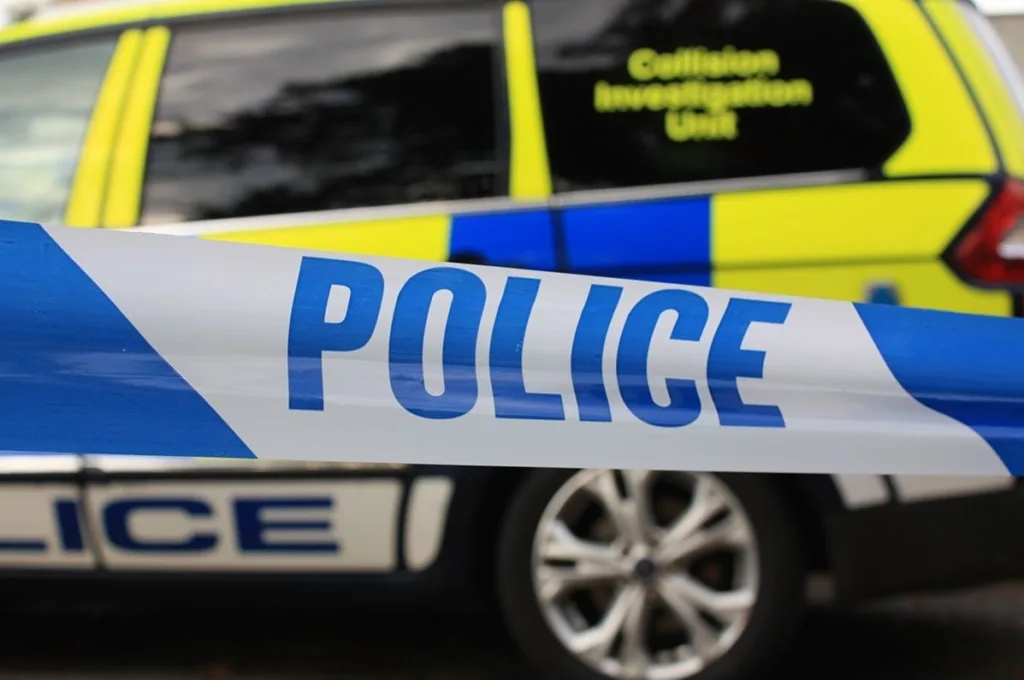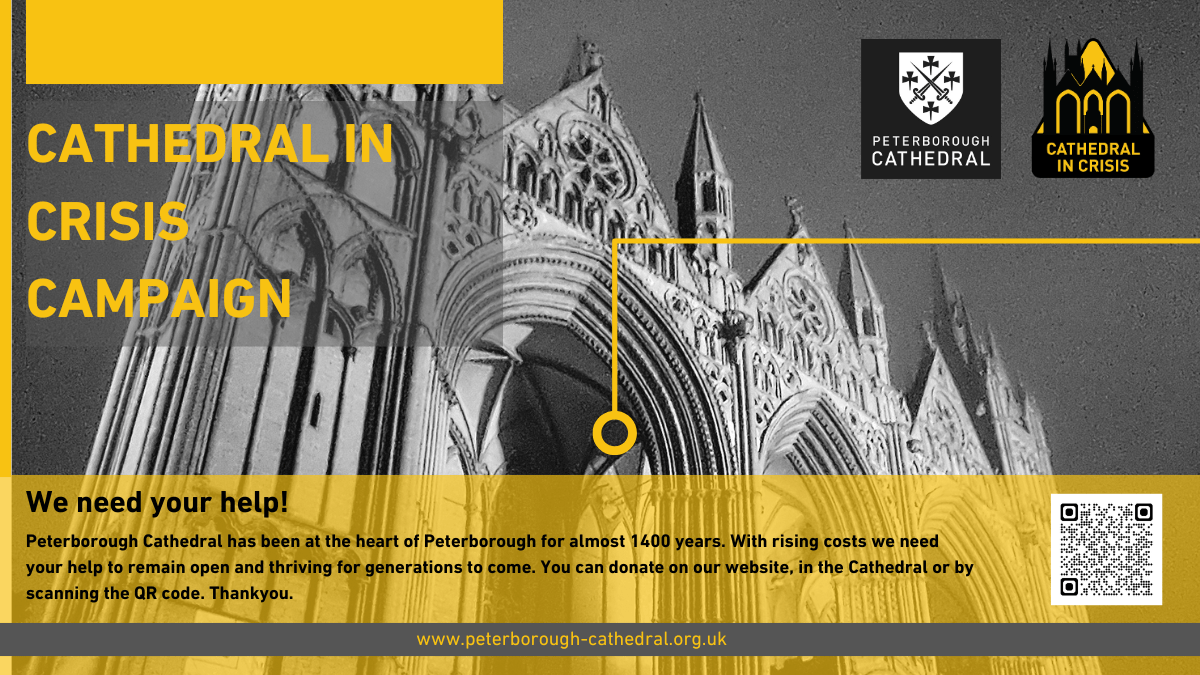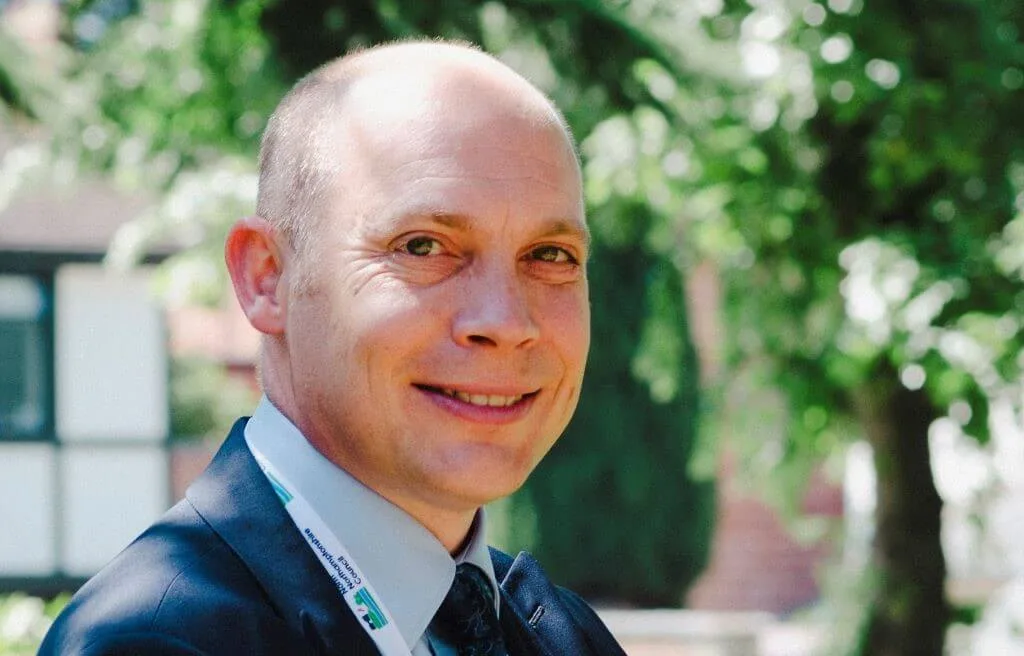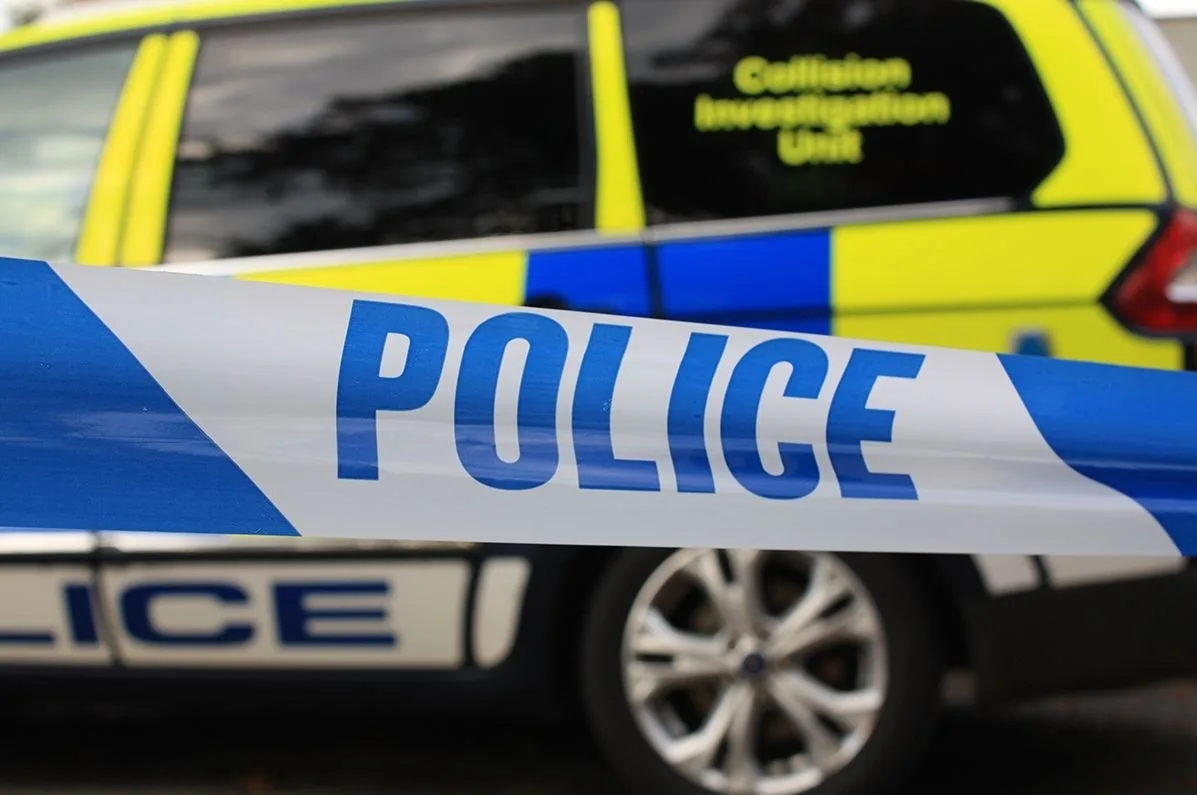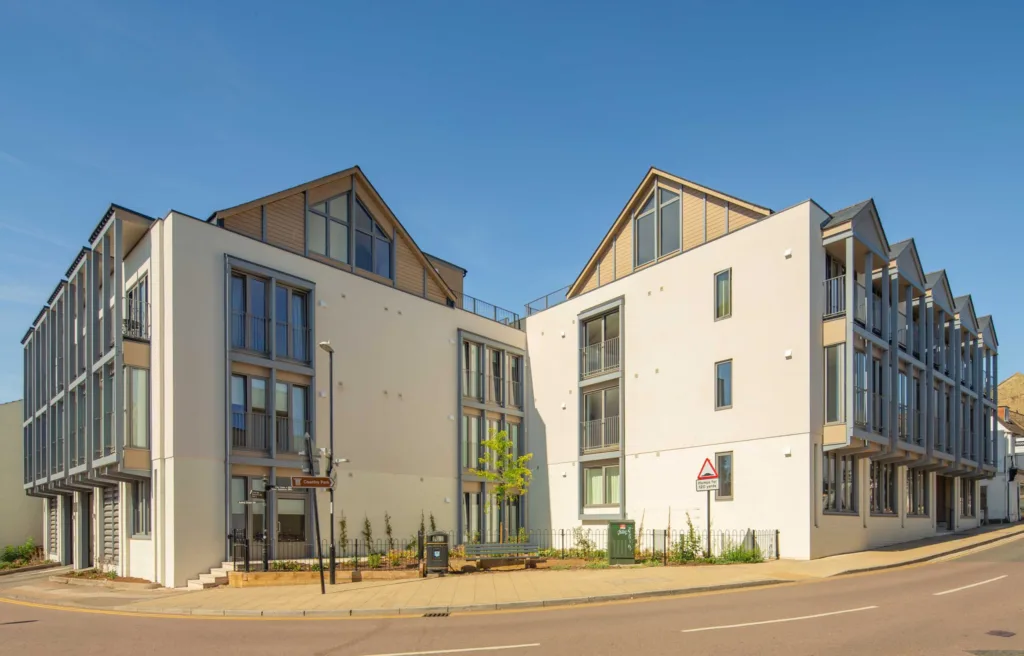Mark Twain might, if he looked at tourist information for Cambridge, be sorely tempted to refrain his immortal words ‘there are three kinds of lies: lies, damned lies and statistics”.
On the one hand the website for the city’s premier shopping quarter, the Grand Arcade, boosts of a ” 14.6 million annual footfall and 450,000 sq. ft of retail and restaurants – 17 million tourists visit the city annually”.
But Visit Cambridge, which describes itself as the “official destination management organisation’ for Cambridge offers a more modest summary of visitor numbers.
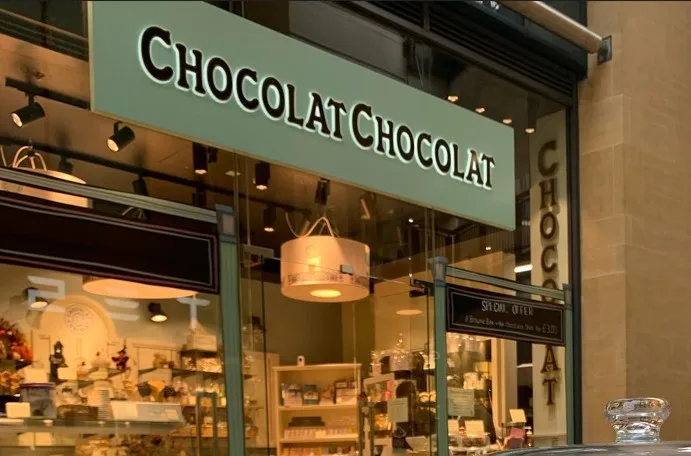
“We promote our beautiful city and its attractions across the world, bringing over 7.6 million visitors to the area annually worth over £2 billion, a figure which is growing by 3.5% every year,” it says on its website.
Clearly both can’t be right but daily we shrug off such claims and go about our normal business.
And the reality is that Cambridge, whatever its past or previous tourist numbers, has not been immune from the post-Covid fall out.
The oomph in the Grand Arcade’s promotional thrust still emphasises 60 retail units, restaurants, and cafés that “benefit from an attractive, vibrant, modern, and high-quality environment that attracts consumers back time and time again.
“The three-level arcade, with wide glass-roofed malls and a central atrium, creates a light and airy shopping experience and meeting point, as well as providing an essential covered thoroughfare between John Lewis, St Andrew’s Street, Lion Yard, and the car/cycle parks.
“Grand Arcade provides contemporary retail space in a prime location, with the size, configuration, services, access, and consumer footfall and spend which retailers rightly expect and demand.
“The units vary in size, and all are built to a high specification. John Lewis opened on the 8th of November 2007 and is trading well beyond expectations. Grand Arcade opened on 27 March 2008”.
But, as any visitor to Cambridge will confirm, the shopping ‘experience’ is not what it was.
High rents are deterring many small traders from risking a foray into the city centre and car park charges – £22.30 for up to five hours at Lion yard – are a deterrent.
So, too, is congestion with the fear of being stuck in traffic keep many/some at home and opting for alternative days or mornings out. It’s a massive and complex challenge to find out precisely what is happening, but the consensus is something must be done.
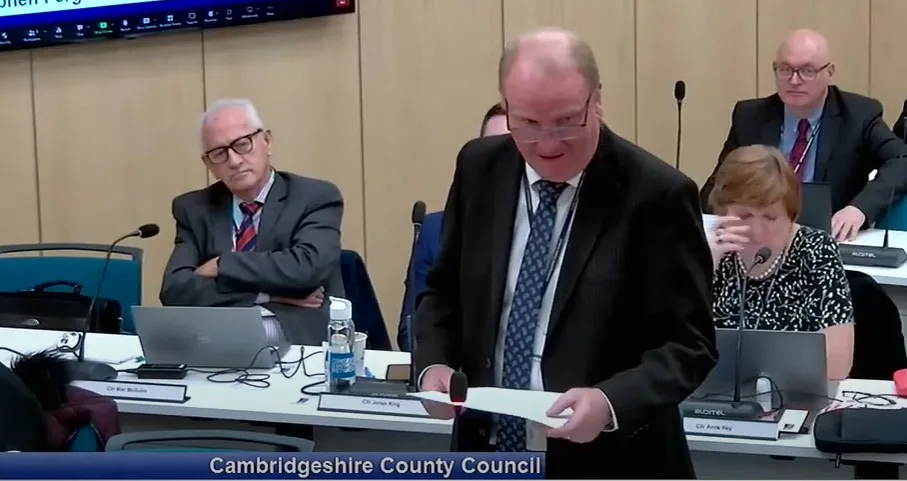
Fortmer Combined Authority mayor James Palmer offered his beloved Cam Metro approach offering “world class public transport in Cambridgeshire including tunnels under Cambridge” but at an astronomical price which the electorate rejected and consigned to a £10m historical footnote by his successor Dr Nik Johnson.
Weighed down by internal ‘housekeeping’ for much of his first year in office, Mayor Johnson is yet to provide an alternative, and deliverable, solution although it is certain, when that comes, public transport, and for the most part buses, will play a central role.
And then, of course, we have the standalone, controversial, and perplexing approach of the dispiriting Greater Cambridge Partnership whose convoluted discussions, autocratic approach and disjointed public engagement, has made a mockery of any serious likelihood for rational debate about easing congestion through some form of charging.
Their approach has played into the hands of politicians who, and why wouldn’t they, firstly growled and then, sensing blood, ripped into the haplessness of those trying to explain the necessity or rationale for charging residents of Cambridge an arm and a leg to leave their homes by car.
And sent shockwaves through most of us fearing what might happen in the future should we decide we want to visit the city.
Take, for example, the Twitter musings of Conservative Cllr Steve Count, the former leader (now consigned to opposition leader) of Cambridgeshire County Council.
He merrily retweeted, to his 339 Twitter followers, a thought by Cllr Anna Bailey, the Conservative leader of East Cambridgeshire Council, a car fanatic, and general pain in the side to the rainbow alliance at Shire Hall and to the functioning of Cambridgeshire and Peterborough Combined Authority.
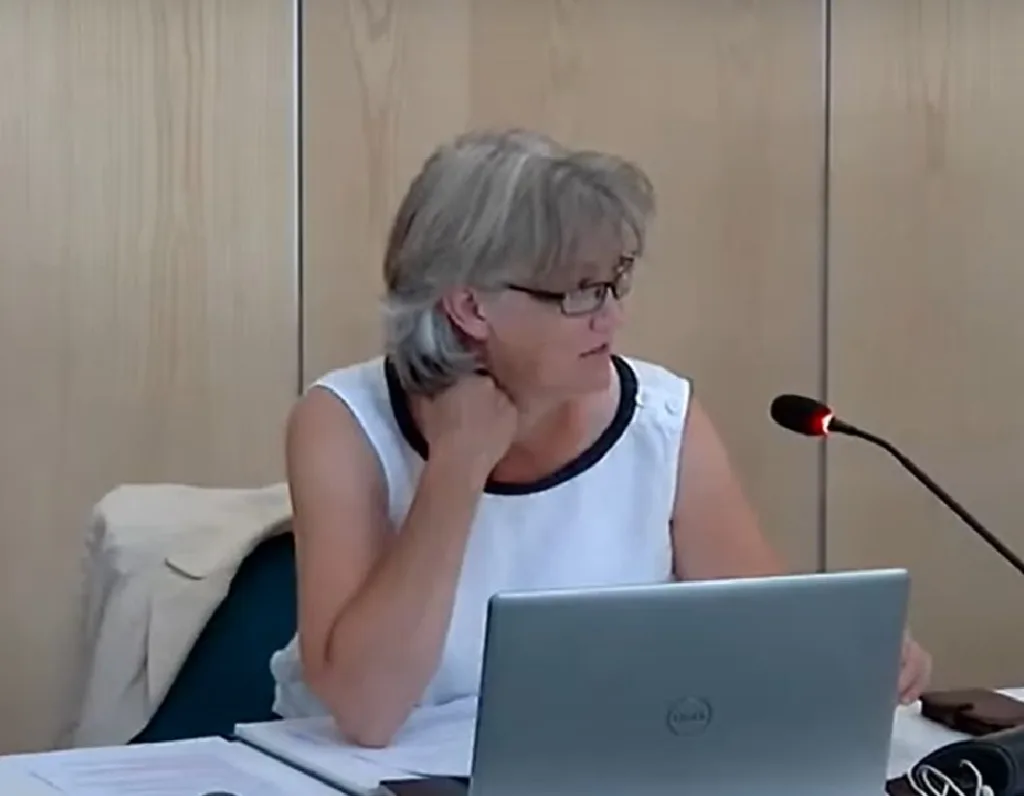
She referred to a video interview by Robin Chappell, owner of Chocolat Chocolat, who has pulled his business from the Grand Arcade, and in the bit of the interview Anna retweeted describes him as ‘the latest congestion charge casualty’.
She added: “Care to comment Cllr Lucy Nethsingha (county council leader), Dr Nik Johnson (the combined authority mayor?”
Mr Chappell does, indeed, reference the congestion charge but Cllr Bailey (and of course Cllr Count) fail to include what came before.
It was the statements by Mr Chappell – some in his video and some on Facebook page – that “after nearly 15 years in the centre of Cambridge we’re off to pastures new. We are in talks with a number of places to settle into, but not sure where yet.”
Mr Chappell continued: “Why are we moving? The answer’s simple, the rents in the very centre of Cambridge are high, so are the rates, the parking costs put customers off, the congestion charge is scary, and that coupled with the rising raw material costs means that we can’t produce chocolate at a price we’d like to sell at without changing where we work.”
So not just the congestion charge (which is light years off anyway) but a reluctance to commit to a new 10-year lease at the Grand Arcade where, as we have seen, conflicting figures about visitor numbers to the city would leave any small businessman perplexed.
And it’s not as if Chocolat Chocolat were long standing tenants of the Grand Arcade, moving into the business two years ago (remember Covid?) after vacating their shop in St Andrew’s Street which had been home to them for 12 years.
Quite simply the Grand Arcade, for all its success, is not for everyone and for every business so for politicians to artificially inflate one reason for his departure whilst ignoring the others is deceptive and disingenuous.
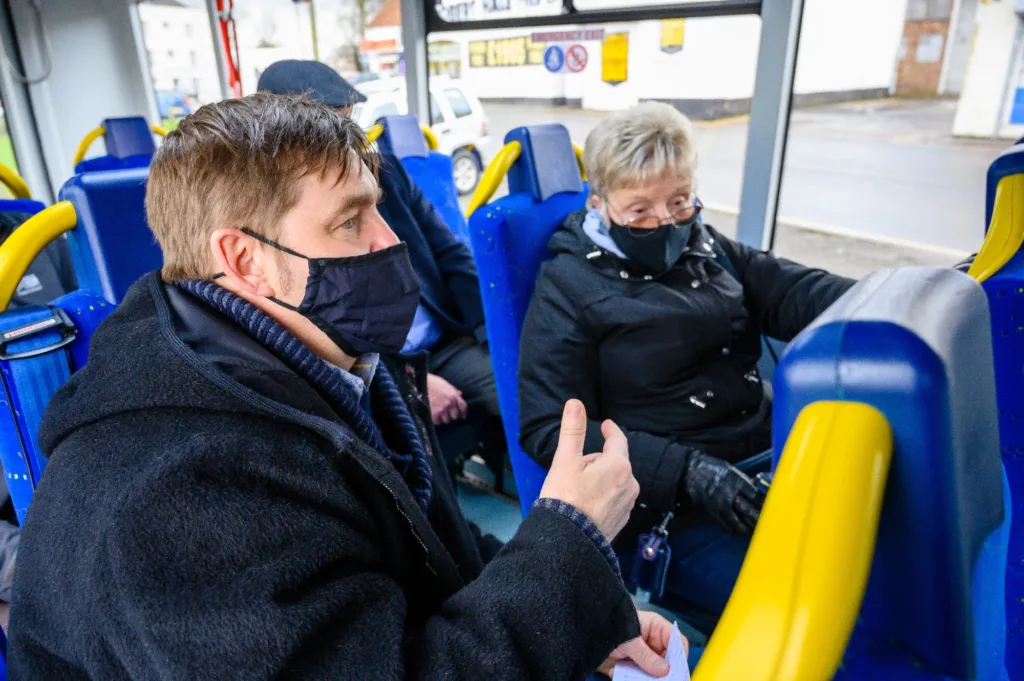
Mr Chappell is not the only trader to find trading costs high in the city centre and although Grand Arcade keep their financial requirements to serious buyers only, other shops within the vicinity are being offered for rents of up to £30,000 a year.
One small shop, for instance, is on the market opposite King’s College for £28,500 a year but add to that a rateable value of £27,500 and you soon begin to understand the risks (and of course potential rewards) of a spot in city centre.
Mr Chappell will be back, but in reality, he’s never left. His company’s online presence remains vibrant, and a home delivery service has not lost its appeal.
And he’s promised the company will move shortly to new, yet to be revealed, premises outside of Cambridge. Ben’s Yard at Ely looks a speculative perfect fit but that’s for another day.
Meanwhile Cambridge is awake to the reality that this Tory government has shown little imagination or ability to halt the decline in High Street shopping, and it’s not likely any successor government of any colour can row back on the tide of vanishing customers who now shop online.
You have only to look at seismic re thinking of the purpose of the Grafton Centre and Railpen’s ambitious overtures to the city council for their plans for the Beehive centre to sense that change is coming.
For places such as the Grand Arcade the future, with less city centre competition at least, could be rosy.
Whether however it can, or even wants, to live up to one of its stated claims of being “the primary shopping destination for 68% of Cambridge’s affluent shoppers” remains to be seen.
There is of course always the possibility that politicians of all parties can agree on policies to enhance the retail offering, reduce carbon emissions, and improve the quality of life for us all in Cambridge.
The most likely first steps will be for Cambridge to be served by a radically altered, dynamic, inventive, and better structured public transport network, focusing on buses.
If Mayor Johnson desires some sort of legacy for his term of office, bus franchising, which is long overdue, may be the remedy to achieve that.
But I’m not holding my breath.




